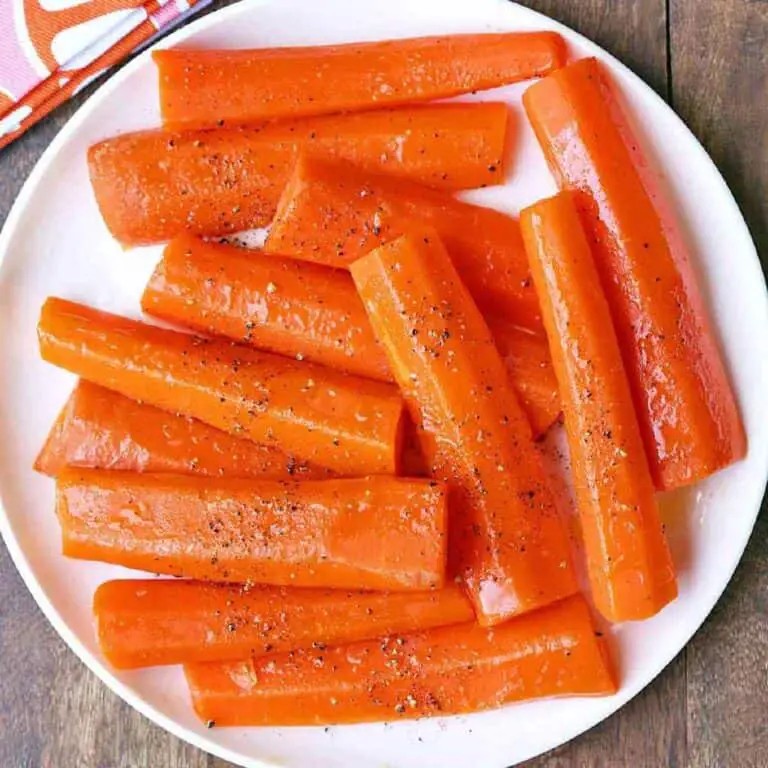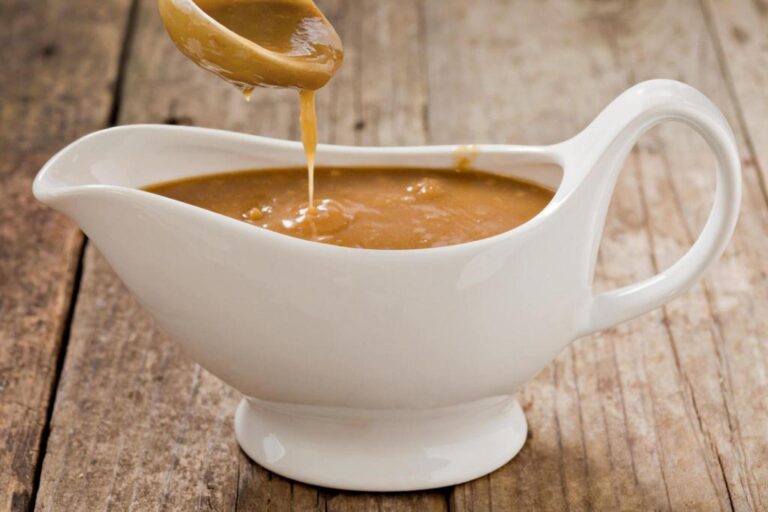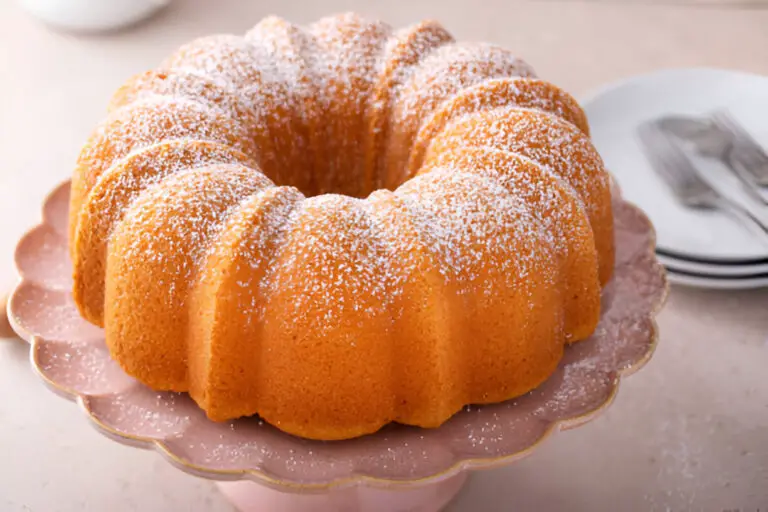How to Reheat Pandesal without Oven: 5 Easy Methods
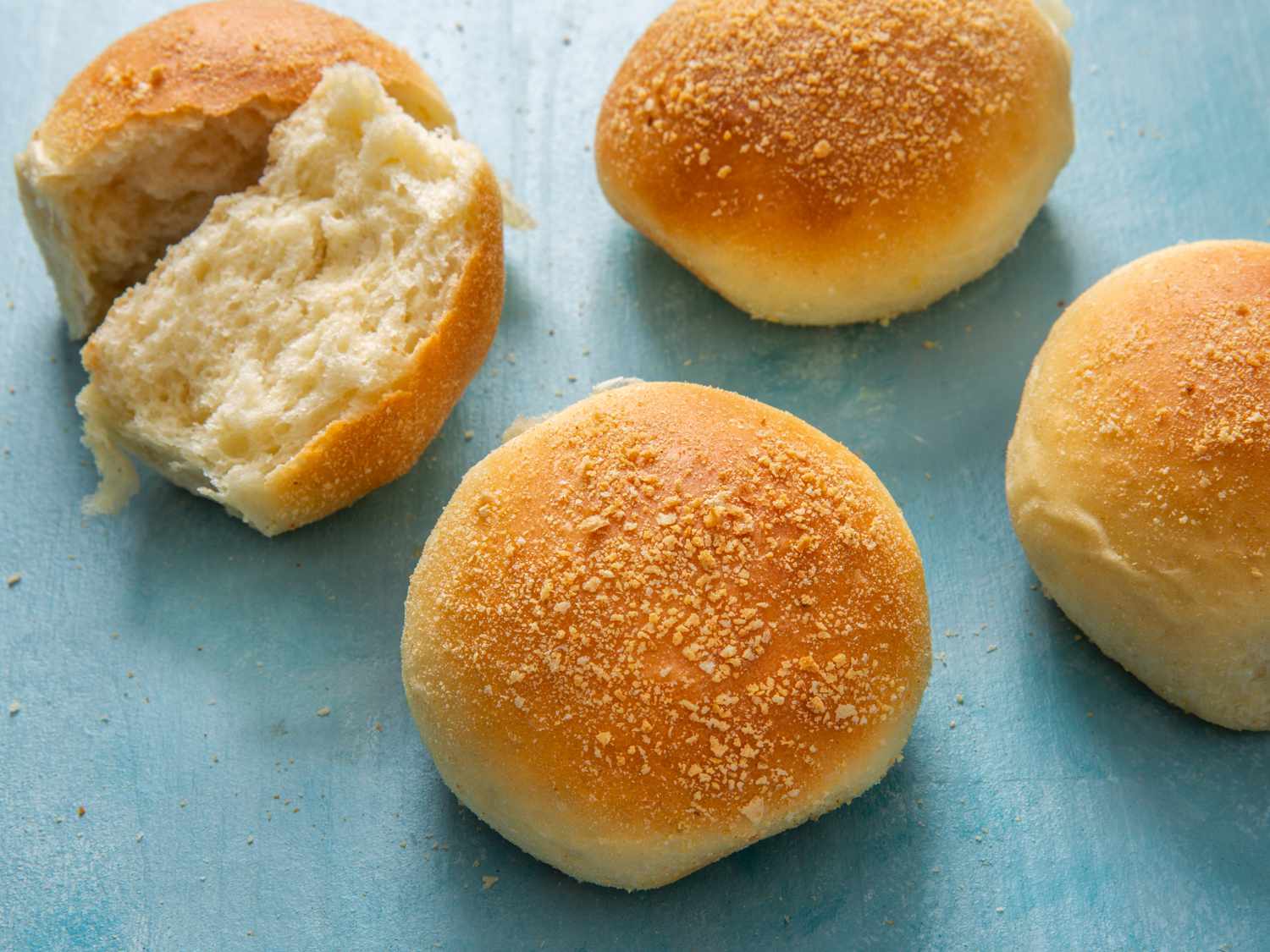
Pandesal, the soft and slightly sweet Filipino bread roll, is a cherished staple in many households. Whether enjoyed fresh with butter, filled with savory ingredients, or simply as a snack, pandesal brings a sense of warmth and comfort to every meal. However, if you’ve ever had leftover pandesal, you may have faced the challenge of reheating it without losing its delightful texture and flavor. Fortunately, there are several easy methods to revive this beloved bread roll, ensuring that it tastes as good as when it was freshly baked.
Have you ever bitten into a reheated piece of pandesal only to find it dry and crumbly, completely missing that fluffy goodness? If you want to enjoy your leftover pandesal without compromising its quality, then you’re in the right place! In this article, we’ll explore five simple methods to reheat pandesal without using an oven, so you can savor its deliciousness once again.
By the end of this article, you’ll be equipped with practical techniques that not only restore your pandesal’s soft texture but also enhance its flavor. Whether you’re short on time or looking for the best way to enjoy your favorite bread, these tips will help you make the most out of your pandesal, turning a simple snack into a delightful treat.
Importance of Reheating Pandesal Properly to Maintain Taste and Texture
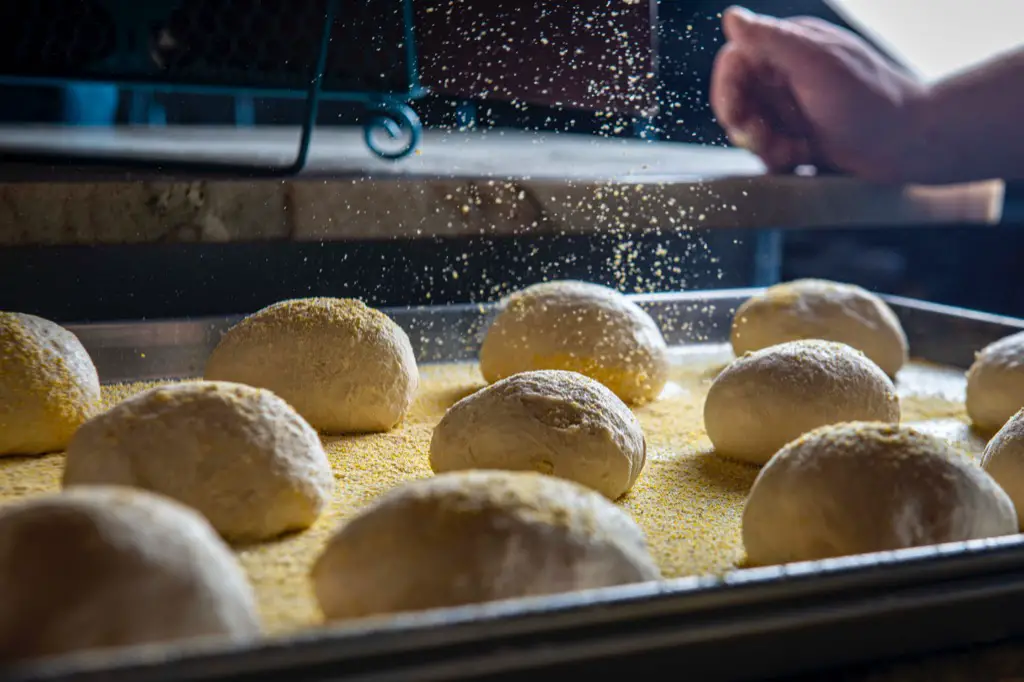
Reheat pandesal properly. It preserves its taste and texture. This makes every bite enjoyable. When reheated correctly, these golden rolls can be fluffy and warm. They are perfect for breakfast or snacks. If not reheated properly, pandesal can become dry and lose its appealing texture, turning into a less enjoyable experience.
To maintain the freshness of pandesal, consider using methods such as steaming or microwaving. Steaming helps to revive the roll’s moisture, while microwaving for a brief period can quickly warm them up. Avoid reheating them in an oven without proper moisture, as this can lead to a hard crust and a dry interior.
So how you want to reheat your Pandesal without open?
Method 1: Microwave Magic: The Quick and Convenient Method
When it comes to convenience, the microwave is our trusty kitchen companion. It’s a go-to appliance for reheating leftovers or heating up a quick snack. But can it work its magic on pandesal?
The answer is a resounding yes! With just a few simple steps, you can have warm, fluffy rolls that taste like they’ve just come out of the oven.
To start with, prepare your microwave-safe plate or dish. This is essential for creating the perfect environment to reheat your pandesal. If possible, use a plate with ridges or elevated edges to prevent condensation from making the rolls soggy on the bottom. Alternatively, you can also place a paper towel under the rolls to absorb any excess moisture.
Next, give your pandesal some extra love by sprinkling some water over them before placing them in the microwave. This added moisture will help keep them soft and prevent them from drying out during microwaving. Just dip your fingertips in water. Then flick droplets over each roll. Don’t soak them, just steam them a bit while they heat up.
Now, let’s talk about power levels and timing. They are key to getting your pandesal perfectly warmed, not rubbery. Set your microwave to 50% power. This will heat the bread evenly. It will also prevent it from overheating or drying out.
For three medium-sized pandesal rolls:
Method 2: Stovetop Skillet Pan
Heating a skillet pan before adding rolls
To achieve perfectly reheated pandesal on the stovetop, start by heating a skillet pan over medium-low heat. This method provides the ideal balance between preserving moisture and ensuring an evenly heated roll. As they say, patience is a virtue when it comes to achieving delicious results!
Using low heat setting
Once your skillet pan is preheated, carefully place your pandesal rolls inside. Make sure to space them out evenly so that each roll gets its fair share of heat. To prevent any burnt spots or unevenly colored rolls, keep the heat at a low setting throughout the reheating process.
Flipping the rolls for even heating
Now don’t forget about our little pandesal stars! After a few minutes, gently flip them with tongs or spatulas to ensure even heating throughout. This simple step prevents hot spots. It ensures even warmth in each pandesal, from crust to center. Trust us, flipping those rolls will be worth it when you bite into their warm and fluffy goodness!
With this straightforward stovetop method using your trusty skillet pan, you can enjoy rejuvenated pandesal in no time at all. These Filipino bread treasures have a soft, heavenly aroma. They will, with every bite, transport you to a moment of pure satisfaction. So grab that skillet pan and let’s get cooking!
Method 3: Toaster – Bringing Out the Perfect Crunch
Using a toaster is one of the easiest and quickest methods to reheat your pandesal. Not only does it provide convenience, but it also creates that delectable crunch we all love. To start, take your freshly baked pandesal and carefully slice it in half lengthwise. This step allows for even heat distribution and ensures that every bite will be warm and soft on the inside.
Next, adjust the settings on your toaster according to your preference. If you prefer a lighter toast, set it to a lower heat level; if you want a crispier exterior, opt for higher settings. Remember, everyone’s taste buds are different, so don’t be afraid to experiment until you find what works best for you.
The key with using a toaster is vigilance – keep an eye on those golden beauties! It’s important to check regularly as pandesal can quickly go from perfectly toasted to burnt within seconds.
So stay close by. Use this chance to make some coffee or tea. Anticipate the moment you sink your teeth into warm pandesal, its heavenly aroma filling the air. Trust me; this method will deliver both convenience and flavor-enhancing results.
Method 4: Air Fryer – A New Twist on Reheating Pandesal
Looking for an innovative way to reheat pandesal? Look no further than your trusty air fryer! Yes, believe it or not. This gadget isn’t just for frying crispy fries or wings. It can also revive our beloved pandesal without ruining its texture.
To begin, preheat your air fryer at around 350°F (175°C). No need to overcomplicate things here – simplicity is key! Once heated properly, place your halved pieces of pandesal in a single layer inside the air fryer basket. This ensures that each pandesal gets an equal amount of heat, resulting in even reheating.
Give your pandesal a few minutes to work its magic – it usually takes around 3-4 minutes for the perfect warmth and crispness. Remember though, just like with any other heating method we’ve explored, it’s crucial to keep an eye on them to prevent over-toasting. The last thing you want is a burnt outer shell compromising the soft interior!
As you wait for your air fryer, imagine that first bite into warm, crispy pandesal. It goes so well with creamy butter or sweetened condensed milk if you want a treat. The air fryer truly gives us another delightful option when it comes to savoring our favorite Filipino bread.
Method 5: Steamer – Enjoy Steamy Goodness
To evenly heat your pandesal while keeping it soft and moist, use a steamer. You don’t need any fancy equipment; just a pot with boiling water and a steaming tray plate.
To start off, bring some water to boil in the bottom pot of your steamer setup. While it’s heating up, arrange your pandesal on the steaming tray plate. Don’t overcrowd them – give each piece enough space so that they’re not touching or sticking together during the reheating process.
Once the water has come to a rolling boil, carefully place the steaming tray with your precious pandesal into position above it. Make sure there’s some clearance between the water and the bottom of your tray so that only steam touches your bread. Close the lid tightly to trap all that wonderful heat inside.
Allowing steam to circulate around your pandesal will recreate that freshly baked texture we all love. You can steam them for 3-6 minutes, depending on your moisture preference. This will warm them without drying out the crusts!
To reheat your pandesal while keeping their taste and texture, use this easy, no-fuss method. It needs only basic kitchen tools like pots and trays. With minimal effort, you’ll soon savor warm, delicious bites!
Conclusion:
Recap the five methods briefly:
Finally, we’ve looked at five simple and effective methods for reheating pandesal without an oven. No matter your choice of appliance, there’s a method for you. Whether you prefer a microwave, stovetop, toaster, air fryer, or steamer, it should suit your needs. By following these simple techniques, you can enjoy warm and delicious pandesal that rivals the taste of freshly baked ones.
Emphasize that reheated pandesal can be just as enjoyable as freshly baked ones with these simple techniques:
Now, some may argue that nothing beats the taste of freshly baked pandesal right out of the oven. Although this is true, reheated pandesal can still be tasty. These five methods will heat your bread rolls to perfection. They will be soft inside with a hint of crispiness outside.
So fear not if you find yourself with leftover pandesal in need of rejuvenation. With these techniques, you can transform day-old rolls into warm delights. They’ll make you forget they were ever less than fresh from the bakery. So go ahead and give them a try – I guarantee you won’t be disappointed!




